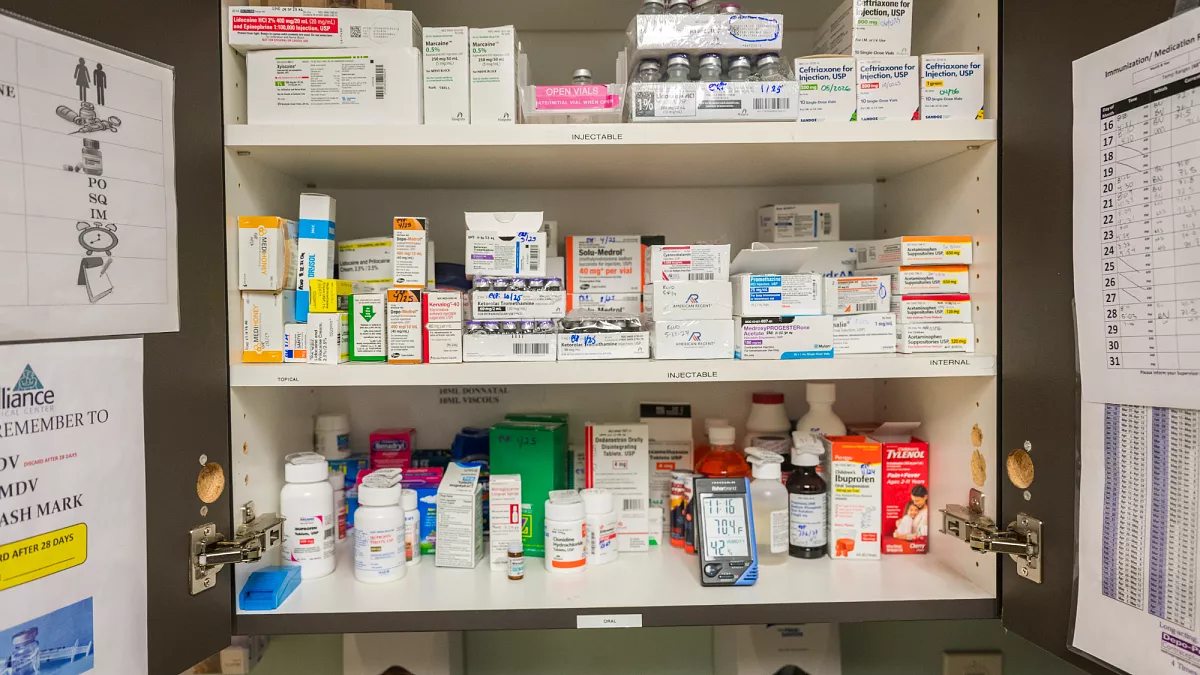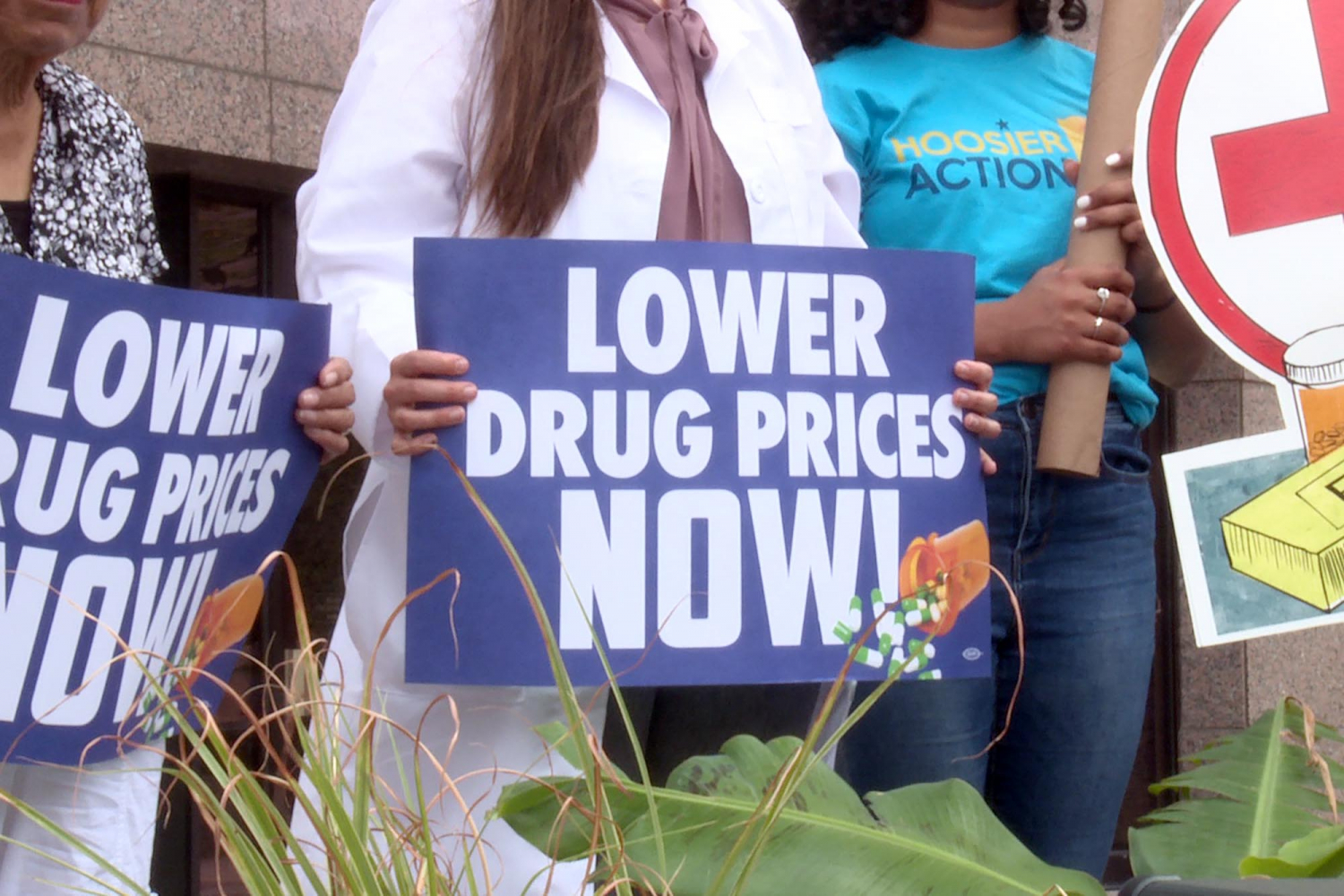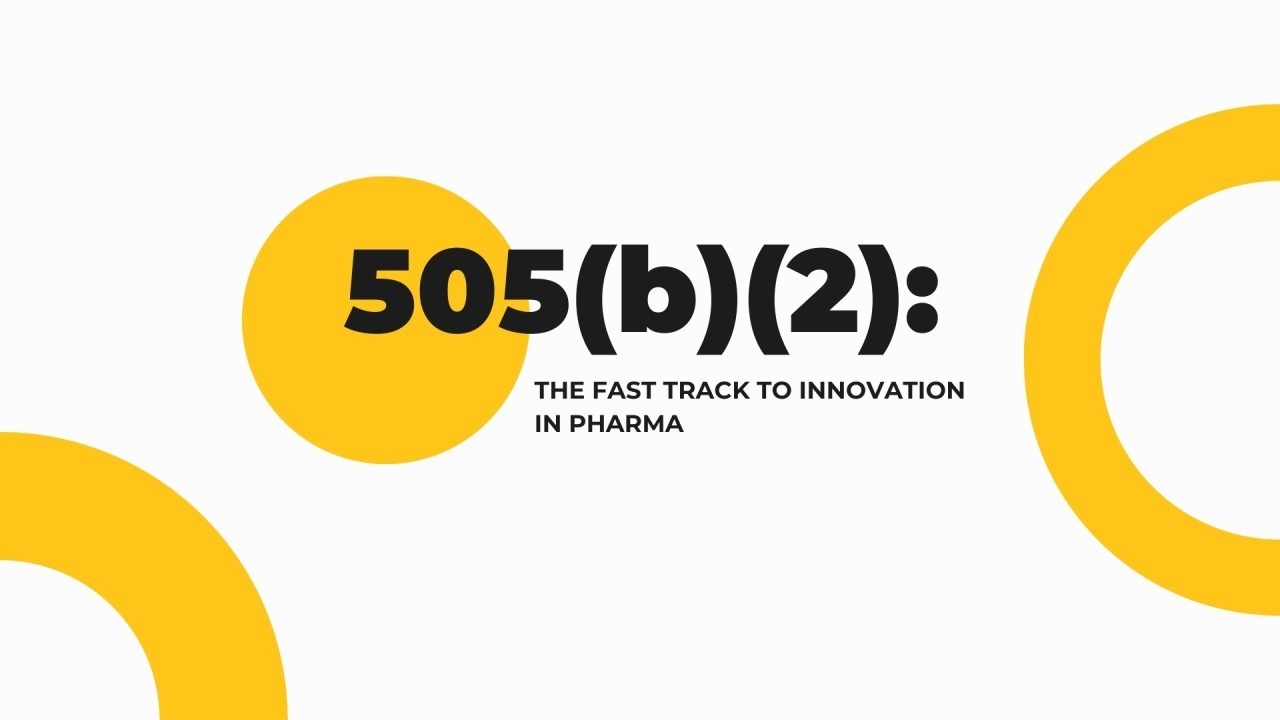“Shortages aren’t accidents; they’re features of how the market is built.” Outside declared emergencies EMA is boxed into soft coordination while stock chases higher net prices and pack compatibility. Until procurement and transparency rules change, chronic shortages will remain the rational outcome of today’s incentives.
Europe’s new audit makes the “chronic” label hard to argue with. Between January 2022 and October 2024, national authorities reported 136 critical shortages to EMA—“critical” meaning there were no appropriate alternatives at national level and EU-level coordination was needed. Auditors found record pharmacy-level pressure in 2023–2024 and concluded there is still no effective, pan-EU framework to prevent shortages outside a declared crisis. EMA’s support mitigated harm, but it lacks the mandate, data, and hard levers needed to prevent shortages in normal times. Pharmacists and clinicians frequently lacked practical guidance on alternatives at the moment of substitution.
Start with the fragility everyone sees but headlines flatten. Europe’s dependence on Asia is structural: roughly 70% of APIs and ~79% of key precursors originate there. For widely used classes, dependence is even starker—near-total for common analgesics, and on the order of ~80% for amoxicillin and salbutamol inputs. When winter infections surge, those upstream bottlenecks collide with price-squeezed EU finished-dose lines; the wave should surprise no one.
Then look at the plumbing of information. Marketing-authorisation holders are supposed to notify in advance. In practice, more than half of notifications arrive on or after the actual start date. For centrally authorised products reported to EMA from May 2023 through October 2024, 55.9% of shortage notices were late. That eliminates the window for safe substitution and targeted reallocation. Add divergent national definitions and weak or unused sanctions, and the same signal can mean different things across borders.
Now zoom in on the Single Market that isn’t. The EU’s price-transparency law dates to 1988; a 2012 update never passed, and the Commission currently has no plans to reopen it due to lack of member-state support. Net prices live in confidential agreements, clawbacks and managed-entry deals. In scarcity, product flows drift toward higher net-price markets because that’s where wholesalers and manufacturers are paid more—and there’s no EU-level mechanism that sees, let alone steers, those flows in real time. The friction of divergent packs, labels and sizes looks boring on paper and lethal on a loading dock. Even with multi-language options, pack divergence and labelling keep slowing cross-border moves.
The part few want to talk about: parallel trade and quotas.
The part few want to talk about: parallel trade and quotas. The auditors heard both stories, and quantified them. Twelve national authorities reported cases where parallel trade caused shortages; fifteen reported it helped mitigate shortages. Manufacturers, for their part, set supply quotas—legal, but they tighten the vise in low-price markets. Governments then reach for export restrictions to “protect patients,” sometimes without notifying Brussels. Scarcity ricochets to neighbours.
Policies designed to stabilise supply can backfire. National trade barriers and poorly coordinated stockpiles may calm one market while tightening another. Without a joined-up view of capacity and lead-times, a stockpile order becomes a magnet for the same finite vials everyone else needs. The effect was visible in antibiotics across 2023–2024, and again in March 2025, when EMA tracked 34 ongoing shortages across the EU, 16 of them already on the Commission’s “essential” list.
Procurement is the elephant the system keeps tiptoeing around.
Procurement is the elephant the system keeps tiptoeing around. Years of “lowest-price wins” tenders flattened margins in generics, punishing resilience investments like dual-sourcing, surge capacity and EU-based inventory. Brussels is now openly urging member states to move away from price-only awards in the Critical Medicines Act—but guidance changes nothing until procurement law and budget rules change. Health ministries write tenders; treasuries guard euros. If resilience isn’t scored and funded, it won’t appear.
What about the shiny new infrastructure? The European Shortages Monitoring Platform went fully operational on 29 January 2025; use became mandatory on 2 February 2025 for MAHs and NCAs. It’s a real step forward—harmonised reporting and better visibility for the MSSG. But the auditors are blunt: outside crises, key datasets are still missing to act pre-emptively—therapeutic alternatives by ATC class, capacity bottlenecks, provenance of APIs and intermediates. In parallel, EMA and ISPE moved Shortage Prevention Plans from checkbox to operational tool with templates and pilots. In practice, without enforcement and tender criteria that reward those behaviours, too many plans will live in SharePoint, not on shop floors.
Europe’s fixes look bold on paper, but without teeth and money they’re just another plan—resilience isn’t promised, it has to be paid for.
Are the 2025 fixes enough? The Critical Medicines Alliance delivered its first strategic report in February; the Commission tabled the Critical Medicines Act on 11 March 2025; Parliament and Council are grinding through it now. The thrust is right—diversify supply, fund strategic projects, reward reliability in procurement, coordinate cross-border buys—but it still stops short of a market redesign. There’s no automatic production-ramp trigger tied to a common EU list, no binding requirement for multi-winner tenders with resilience scoring, and no EU-level sanctions to force timely shortage reporting between crises. Industry’s position is consistent: pay for redundancy and you’ll get it.
So what would actually move the needle? Rewrite tenders so resilience is scored and auditable: award points for dual-continent API sourcing, validated prevention plans, measured surge capacity and enforceable inventory obligations, and run multi-winner awards to make those investments economical. Refresh price transparency in a “lite” way that finally reduces arbitrage-driven flows. Harmonise emergency-equivalent packs for products on the Union critical list to cut the repack/relabelling obstacle course. Most of all, give the system teeth between crises—real penalties for late/non-reporting and mandatory fields in the EU platform that tell pharmacists what’s substitutable today. The technology is ready; the law and incentives aren’t.
If you carry only one sentence into your next steering meeting, use this: Europe doesn’t just have a shortages problem; it has a market-design problem that makes shortages the efficient choice. Solve for incentives and information, and the shelf follows. Keep solving for headlines, and winter will keep reminding us who really sets the rules.
Methods note
All figures and institutional characterisations are based on the European Court of Auditors Special Report 19/2025 unless otherwise noted; ESMP dates and SPOC drivers are drawn from EMA publications; API/precursor dependency draws on EFCG/IQVIA analysis and Commission briefings; procurement/CMA positions reflect Commission proposals and contemporaneous reporting.
Use the database as your supply chain compass →



